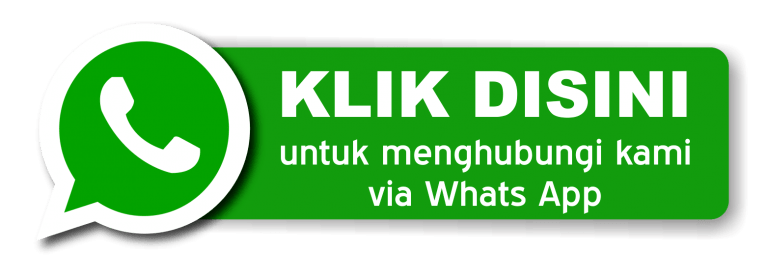Efektivitas Sign System dan Intensitas Informasi Petunjuk Arah sebagai Media Komunikasi Visual Kota Lama Semarang
DOI:
https://doi.org/10.30812/sasak.v4i1.1840Keywords:
effective, sign system, directionsAbstract
The city of Semarang has excellent tourist destinations and its own characteristics that become its strengths, namely the Old City History Tour which utilizes buildings from the Dutch colonial era in Semarang City. To support Semarang City tourism known by tourists, an effective and communicative information media is needed so that visitors know the identity of an object, signs and directions to the next destination, one of which is the use of a media sign system. This study aims to examine how effective the use of the sign system and the intensity of information instructions that have been applied to tourist areas around the Kota Lama Semarang are by using the Direct Rating Method (DRM), through a quantitative research method approach. The variables used are the effectiveness of the sign system, the intensity of directions and visual communication media. The results of the research that were processed by 100 respondents were that there was no relationship between the effectiveness of the sign system and information on directions in the Kota Lama Semarang, there was no relationship between the effectiveness of the sign system and the visual communication media in the Kota Lama Semarang, there was no relationship between the information instructions directions with visual communication media in the Kota Lama Semarang. These three results mean that the three variables are not related to each other, this could be because the sign system in the Old City of Semarang is not functioning as it should, because it should be a sign system that can provide good information to visitors and have attractive visuals. , but in reality this is not the case, namely that the sign system in the city of Semarang does not or does not provide information to visitors and also the sign system does not have good visuals so that it is less able to attract visitors in the Kota Lama Semarang.
References
[2] S. Y. Pratama and E. Purwanto, “Kajian Terhadap Revitalisasi Kota Lama Semarang Tahun 2020,†J. Arsit. ARCADE, vol. 5, no. 1, p. 25, 2021.
[3] L. Wibisono, “Tahun 2019, Kunjungan Wisata Mancanegara di Kota Lama Semarang Capai 61 Ribu Wisatawan,†2020. [Online]. Available: https://halosemarang.id/tahun-2019-kunjungan-wisata-mancanegara-di-kota-lama-semarang-capai-61-ribu-wisatawan. [Accessed: 28-Sep-2021].
[4] D. Gibson, The Wayfinding Handbook, First. New York: Princeton Architectural Press, 2009.
[5] D. Gibson, The Wayfinding Handbook (First; L. Lee, Ed.). New York: Princeton Architectural Press, 2009.
[6] R. Puspitasari, “Masalah Dalam Pengelolaan Kota Lama Semarang Sebagai Nominasi Situs Warisan Dunia,†Planologi, vol. 15, no. 1, 2018.
[7] S. Purnomo, Sumaryoto, “Studi Pengaruh, Gaya Arsitektur Bangunan Terhadap Daya Tarik Kunjungan Wisata di Kota Lama Semarang,†Arsitektura, vol. 08, no. 1, 2020.
[8] S. Harianto, “Branding Analysis in Development Effort Kota Lama Semarang’s Tourism Destinations. Proceedings of the International Conference on Economics, Business, Social, and Humanities,†in Advances in Social Science, Education and Humanities Research, 2021.
[9] M. Yusriana, Rahmi, “Deconstructing Indonesian Film For Semarang’s City Branding As A Cinematic City,†J. Masyarakat, Kebud. dan Polit., vol. 31, no. 1, 2018.
[10] K. Mukaromah, “Identitas Bangunan Kota Lama Sebagai Bagian Komunikasi Persuasif Dalam Pariwisata,†Andharupa, vol. 06, no. 2, 2020.
[11] D. dkk Durianto, Invasi pasar dengan Iklan yang Efektif (Strategi, Program dan Teknik Pengukuran). Jakarta: PT Gramedia Pustaka Utama., 2003.[12] Sugiyono, “Metode Penelitian Kombinasi (Mixed Methods),†Bandung Alf., vol. 28, pp. 1–12, 2015.
[13] Sugiyono, Metode Penelitian Kuantitatif, Kualitatif dan Kombinasi (Mixed Methods). Bandung: Alfabeta, 2018.
[14] F. Augusty Tae, Metode Penelitian Manajemen. Semarang: Badang Penerbit Universitas Diponegoro, 2006.
[15] R. Kriyantono, Teknik Praktis Riset Komunikasi. Jakarta: Kencana, 2007.
[16] I. Ghozali, Aplikasi Analisis Multivariate dengan Program IBM SPSS, 5th ed. Semarang: Badan Penerbit Universitas Diponegoro, 2011.















